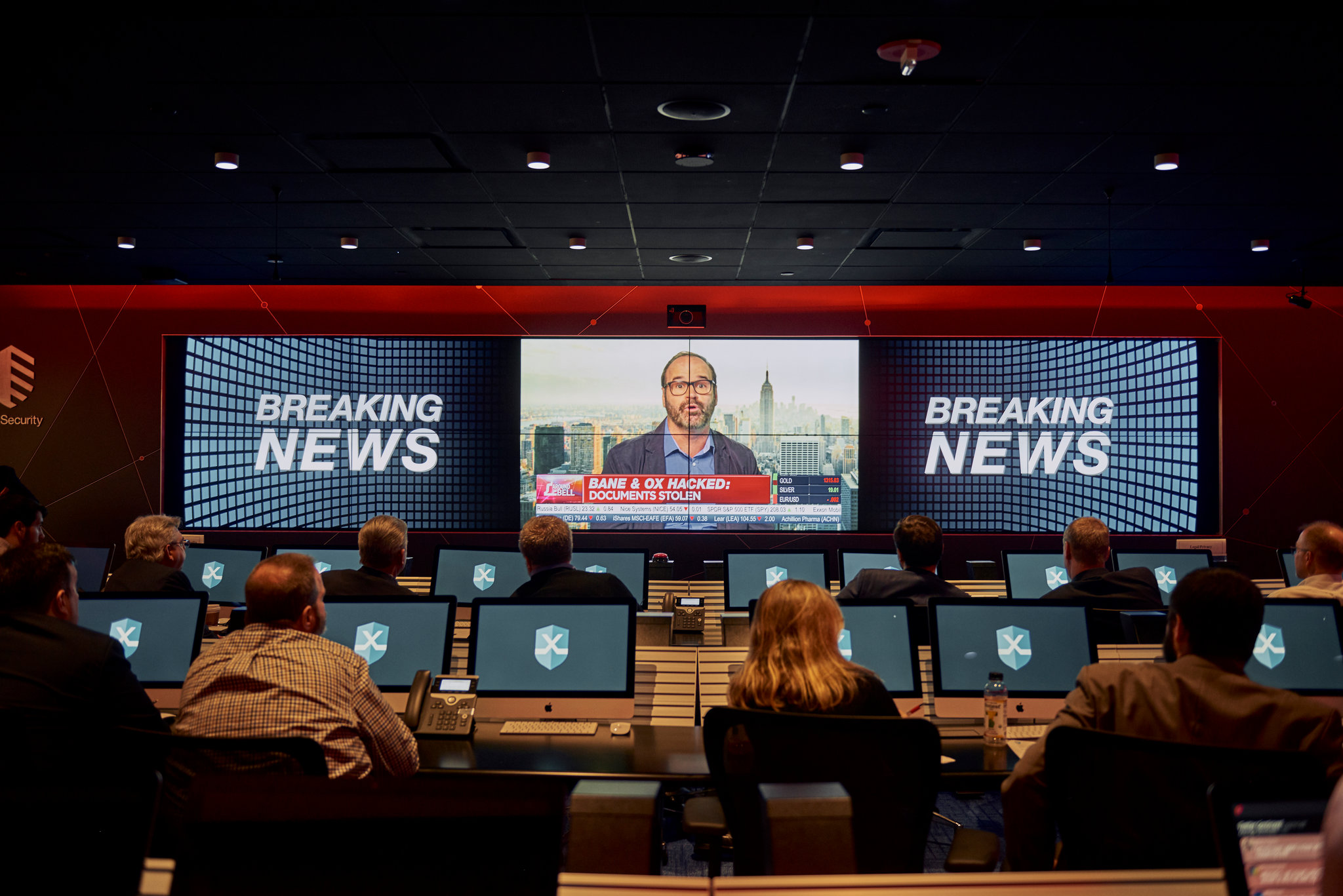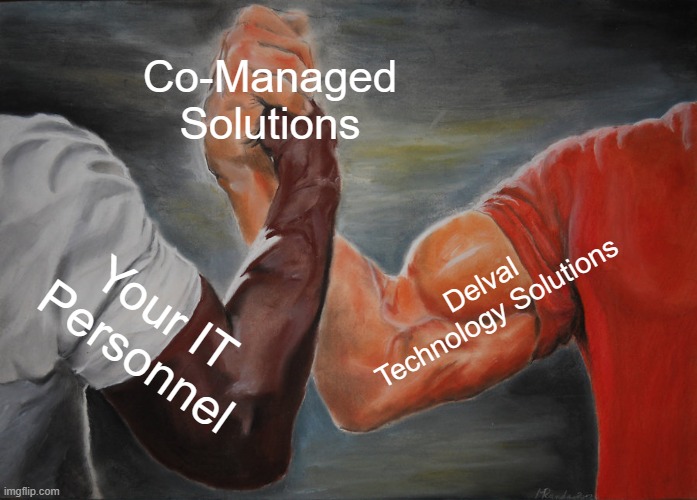
by DTS Staff | Blog
No matter the size of your business, trust between your company, your employees and your clients is paramount to a successful organization. That trust extends beyond the trust that your employees will get their checks on time. It goes further than your clients and...

by DTS Staff | Blog
Covid-19 has changed the world as we know it. It has also reshaped the business world into one that exists just as much digitally as it does in traditional brick and mortar form.With new territory comes new problems, and cyber security is not immune from this. What...

by DTS Staff | Blog
“I got a guy”, we’ve all heard it, we’ve all said it. When it comes to services we need, from a mechanic to a painter to your business IT support, we all got a guy, or have a friend whose got a guy. However, let’s really explore that, because one person may be a point...

by DTS Staff | Blog
Every type of organization faced challenges in 2020. Although there have been some difficult issues for most businesses in the last year, the best organizations learned many valuable lessons from the experience. Many...




